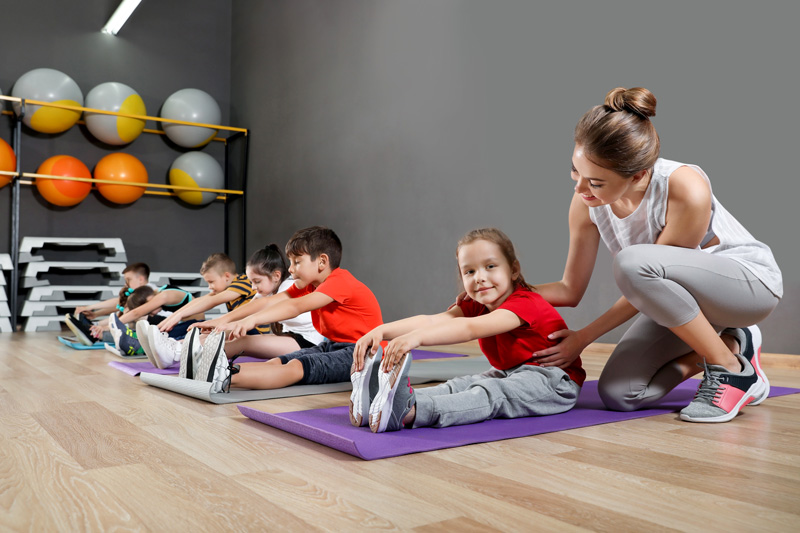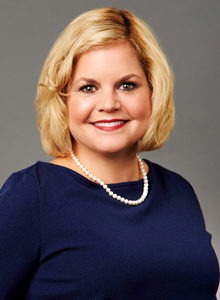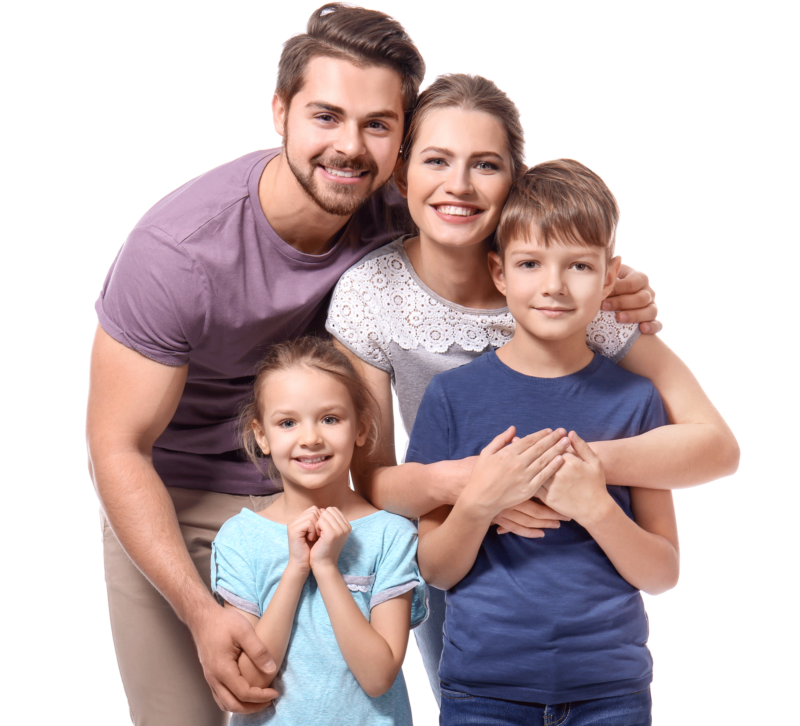We all know it can be difficult to stick to a consistent workout routine, healthy eating habits, and taking care of our physical and mental health needs. For neurodiverse individuals with autism and intellectual/developmental disabilities (IDD) – who also may have significant support needs – self-care can be even more challenging.

Research shows that autistic adults’ sedentary behavior (minutes per day) ranged from eight to 105 minutes greater than neurotypical adults and autistic adults’ moderate and vigorous physical activity minutes per day ranged from one to 21 minutes fewer than neurotypical adults. Note: The average participant age in these studies was approximately 27 years of age (range = 18–85 years).
We also know a variety of barriers might prevent individuals with autism and IDD from participating in recreational activities. Just a few include funding for supplies and equipment, individual funding to afford events that may require payment, adaptation issues, disruptive behaviors, space and seating, and an individual’s understanding of the goal of the activity.
Devereux’s Creative Recreation and Activity Program
Devereux Advanced Behavioral Health’s Pennsylvania Adult Services center is taking steps to ensure the adults it supports have access to fun and exciting events and activities, reducing daily sedentary time.
The center’s Recreation and Activity Program is offered to those looking to take advantage of leisure activities without worrying about physical or cognitive limitations. Not only are these events engaging, but many benefits may go unnoticed to the individuals participating, such as increasing socialization skills, developing new cognitive abilities, enhancing physical stamina and strength, increasing mental stimulation, and meeting new people.
In addition to Devereux Pennsylvania Adult Service’s Recreation and Activity Program, the center offers aquatic therapy at its state-of-the-art indoor therapeutic pool. The pool’s safe environment accommodates individuals with extreme medical conditions and disruptive behaviors and features a zero-entry wheelchair ramp, three water wheelchairs, a therapeutic bench with massage jets, and adaptive equipment, making swimming inclusive to all. With the water set at 86 degrees, individuals reap the benefits of strengthening their muscles and improving circulation, and, with a bit of help, some individuals with limited walking ability become “weightless walkers!” The pool also offers two basketball nets to help enhance motor skills and increase social interaction.
Benefits of Recreational Programs
Individuals who take advantage of a facility’s or center’s recreational programming experience significant benefits.
Just a few include:
- increased overall activity
- improved quality of life
- increased independence via the development of daily living skills
- reduction and prevention in the decline of physical, cognitive, and social abilities
Categorizing Activities to Achieve Specific Goals
If you are looking for ideas to create or enhance a recreational program or routine, think about breaking down the activities in ways to achieve desired goals for everyone.
Below are four basic categories with example activities:
- Social activities: Coffee and tea social, spring formal, festival day, holiday dances, community sporting events, and community activities such as hayrides, mini-golf outings, trunk or treat, and movie nights.
- Physical activities: Fitness stations and relay races, chair exercise, dance fitness, aquatic activities (e.g., relay races, pool volleyball, pool basketball, water walkers), distance club, bowling league, personal training sessions, and group exercise classes.
- Cognitive activities: Bingo, arts and crafts, sand art, tie-dye classes, jewelry-making classes, game night with assorted board games and puzzles.
- Emotional activities: Beauty night, caroling on campus, talent shows, rejoicing spirits services, and conversation corner socials, which support team-building activities and promote the discussion of popular news/topics.
Activities Based on Needs and Preferences
For those thinking about creating recreational programming – whether at a facility, in the community, or at home – it is important to understand the unique strengths and preferences of the individuals in your care and then develop activities based on each person’s needs, goals, and likes/dislikes.
Below is a checklist that can be used to ensure success in this area:
- What is the name of your activity? (Example: Fruit Salad Relay Race)
- What is the goal and purpose of the activity? (Example: memorization, team building, physical exercise)
- Create a summary of your activity. (Example: Individuals are divided into five teams of four people. Each team has a different half-piece of plastic fruit. They will talk about the fruits they have – shape, color, etc. Each team will have one player at a time use a locomotor skill chosen (run, skip, walk, sidestep, wheel, etc.) to make it to the other end of the gym. At the other end, there is a bowl of halved fruit, and the individual will match the fruit they have with the other half in the bowl. Once completed, they transfer the whole fruit to an empty bowl and return it to their team. Then, the next person heads to the fruit bowl and continues until all fruit is matched, making a hearty and healthy fruit salad.)
- What materials or equipment are needed? (Example: plastic fruit, bowls, cones/spots to signal start/finish)
- Where will the activity be located? (Example: indoors, outdoors, pool)
- What is the optimal group size? (Example: groups, teams, partners)
- What is the average time this activity will take to complete?
- What are the motor skills required for this activity? (Example: running, throwing)
- What intensity level is this activity, and how can you adapt it based on individual ability? (Example: high, medium, or low)
- What variations are needed to make this activity successful (and accessible) for everyone? (Example: Someone who is blind can feel the fruit pieces, someone in a wheelchair cannot skip, so use locomotor skills that adapt to that person. Also, larger or smaller objects may be necessary for grip, or an increase or decrease the amount of noise, space, and time based on that specific population.)
- Don’t forget to teach the team to cheer for their team members. Cheerleading can be considered its own activity!
As you, or those around you, create and enhance recreational programming, the most important thing to remember is that all activities to increase health and wellness should be purposeful and FUN! With appropriate adaptations, exercise for the body and brain can be a wonderful time (with healthy benefits) for everyone involved.
Amy Kelly, MBA, MNM, is national director of Family Engagement at Devereux Advanced Behavioral Health. Saree Lough, Devereux Pennsylvania Adult Services recreation and activities director
References
Ferreira JP, Campos MJ, Ataíde S. Effects of a Physical Exercise Program on Young People and Adults with Autism Spectrum Disorder—A Study Protocol. Journal of Clinical Medicine. 2024; 13(19):5740. https://doi.org/10.3390/jcm13195740
PE Central | Physical Education Lesson Plans & Activities for PE Teachers – Group Physical Activities
Thompson, C., Brook, M., Hick, S. et al. Physical activity, Sedentary Behaviour and Their Correlates in Adults with Autism Spectrum Disorder: a Systematic Review. Rev J Autism Dev Disord 10, 546–562 (2023). https://doi.org/10.1007/s40489-022-00305-x







